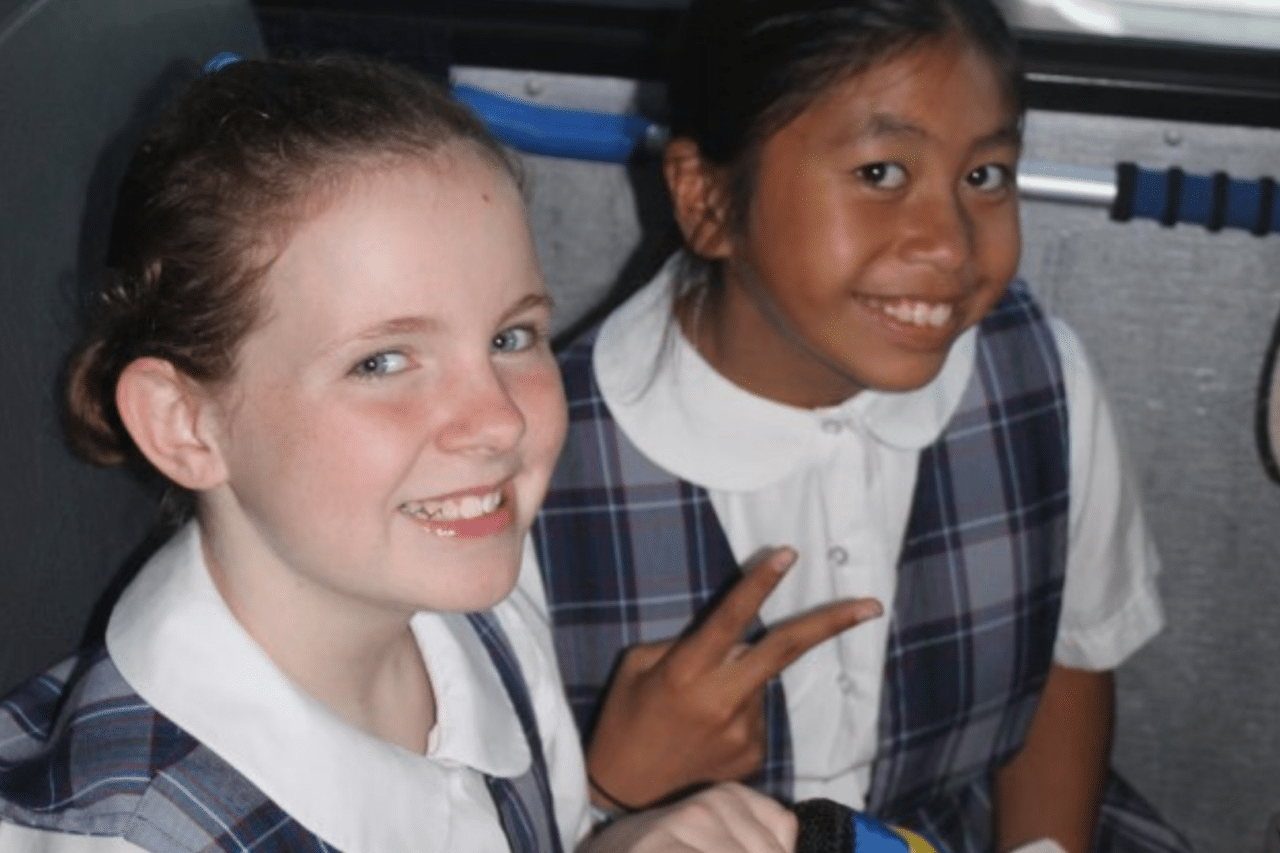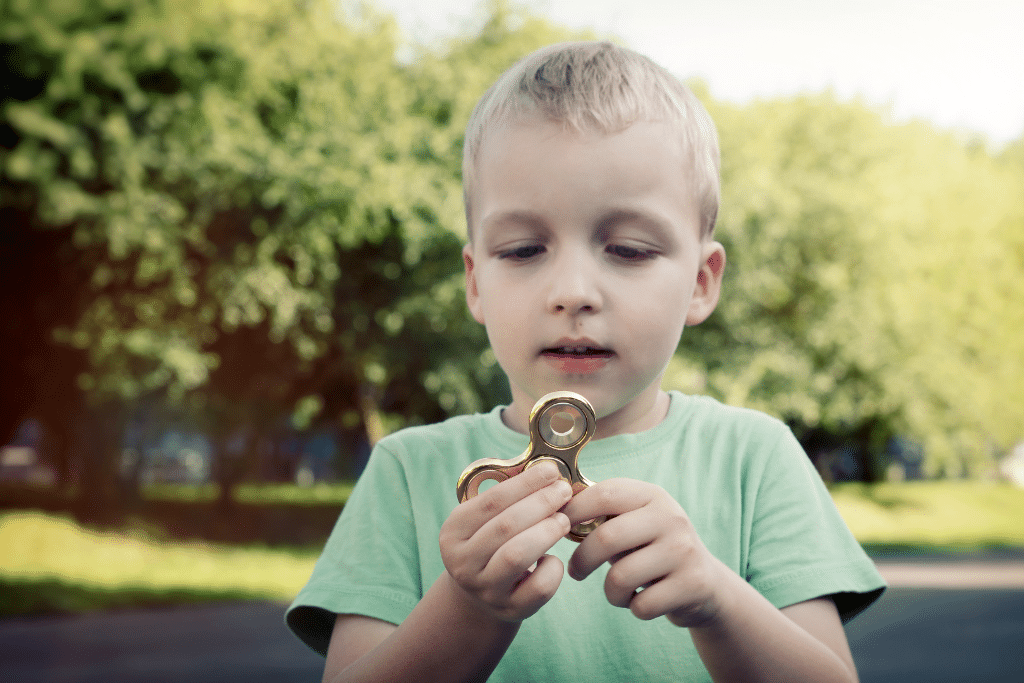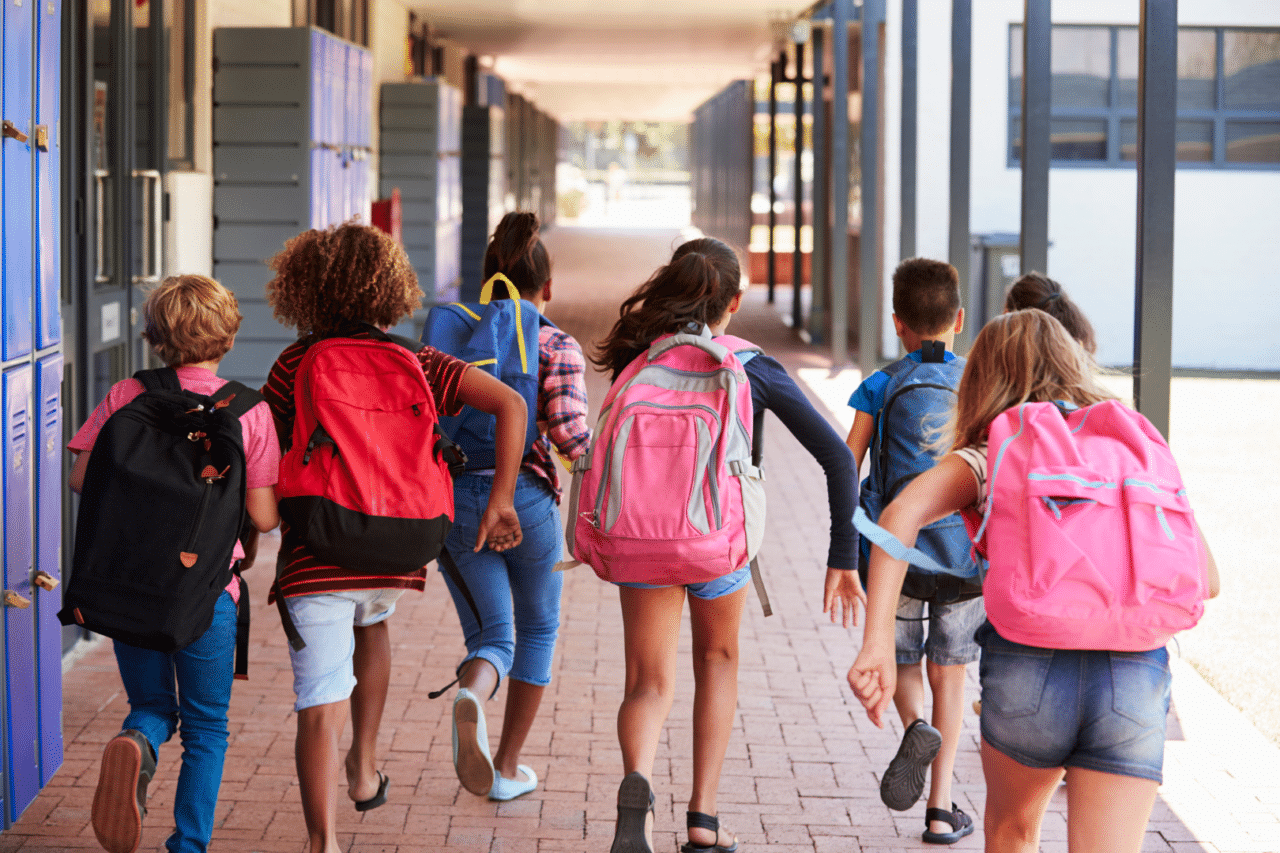Back to School: What Parents and Educators Should Keep in Mind
Back to School: What Parents and Educators Should Keep in Mind

With back-to-school season upon us I wanted to share some tips and resources for parents and educators. The transition back to school from summer break can be a difficult adjustment for children that have experienced foster care, kinship, or adoption, especially for children transitioning to a new school.
Lots of big changes at once can be unsettling for children. It is best to have an adjustment period before school starts to get your children accustomed to the new schedules they will be following once school starts. This often means setting wake-up and bedtimes, mealtimes, and activities for the same time during the weekdays. Children thrive on consistency and routines. Do your best at creating and maintaining these routines for your children.
Children may have some anxiety around school starting again. If you are sensing some apprehensiveness from them around returning to school, try to work with them to figure out why they are feeling this way. Although school should be a safe space for all children it is important to note that not all children feel that way. School for some students may be where they receive harsh disciplinary actions, are bullied, or lose a sense of agency. It is also important to note in the child welfare system where Black children are overrepresented they are also given harsher disciplinary actions than their white counterparts in schools. Some students may see school as a place where they get in trouble or where teachers do not understand them or what they are going through.
The losses that children that have experienced foster care, adoption, or kinship are typically not recognized by general society, teachers and the school system included. What I mean by that is being involved in the child welfare system you often experience disenfranchised grief because there is a great amount of shame that comes along with being involved in the system. A lot of the time children do not want to share that they have been or currently are in foster care because of the stereotypes and implications that it puts on them and their families.
Moving from home to home, switching schools, constantly having new resource providers, and experiencing separation from your community is extremely traumatic for anyone, especially children. Think about all of the weight that these children are carrying around. On top of this, over 200,000 children have lost a primary or secondary caregiver since the pandemic began. Some of these children are entering the foster care system or being raised by kin.
As a child welfare system, we have really failed in allowing children to feel their feelings and teaching them how to express how they are feeling. The reality is that most caseworkers and their supervisors are not bridging the conversations of loss and grief with the children they serve and neither are most mental health professionals.
All of these transitions and traumas will absolutely have an impact on how a student performs. It will be more difficult to focus, harder to trust adults, you may see a lot of disassociations, or pulling away. They may not even be able to focus on school or the tasks at hand because they are busy thinking about ‘Who am I going home to? How long will I stay? Is this forever?’
A child may have a harder time trusting adults if they were previously put in situations where an adult or loved one did not follow through with their word, giving a sense that adults are not reliable. A student’s behaviors compounded by lower academic achievement may look like a student that doesn’t want to pay attention or do the work: but I challenge you to look beyond their behaviors and symptoms of unresolved trauma to see why they may be acting that way.
Oftentimes because children act out behaviorally which is appropriate for the changes they are experiencing but usually it’s not even something the school gets notified about: that a child has entered foster care, been in foster care, has been adopted, etc. They get labeled as ‘disruptive’ or ‘problem children’ due to their behaviors and just the general lack of knowledge that the school system has to address children that have experienced foster care, adoption, or guardianship.
Between 30% to 80% of children in foster care are eligible to receive special education services. Children in foster care are also overprescribed psychotropic medications – including medication for ADHD. It is important to note that what can look like ADHD symptoms could also very well be symptoms of unresolved grief. Labeling children, even if the labels are false or haven’t been evaluated correctly follow children.
Children will perform to the expectations that the adults around them set. And so, it is vital that we do not let labels get in the way of how we see these children and their potential, because all children especially foster and adoptive children have unlimited potential. Schools are often the first place where children are labeled. In our current school system, there is a lot of unintentional harm that is done to these children because we as professionals and caring adults don’t know what we don’t know and can often be ill-informed.
Parents:
Upholding your relationship and attachment to your child is of utmost importance. Maintaining an unconditional relationship with your child is vital because without that connection your child cannot truly trust and confide in you. This is the basis of all of your interactions with your child. Assignments can be done at a later time, make-up quizzes can be turned in, and classes can be retaken. Since you haven’t had a relationship with your child since before birth, you have to show them that you will remain steady for them especially if they have experienced adults in their past that have not been able to.
Recognize that the way that you were disciplined may not be the best way to discipline your child. Many older generations grew up with a reward vs. consequences disciplinary model. However, these methods can cause more harm when raising a child that has experienced trauma.
Build a relationship with your child’s teachers and school personnel and have open communication with them. This is to ensure that if something comes up with your child they can easily notify you and work on a plan to improve. Also, let them know if your child has certain triggers so that they are aware of them ahead of time and know how to calm them if they are triggered.
Advocate for your children’s needs. Your child is likely to have different needs than other children as a result of experiencing trauma. It is important to advocate for their needs whether that is needing to sit in the front of the class so that they can hear or see better, getting an Individualized Education Plan (IEP), or making sure they can access the bathroom when needed, etc.
Help to create a sense of consistency and normalcy by creating routines that your child can follow and find a rhythm. Having the same wake-up, bedtimes, mealtimes, and activities can be helpful for children.
Try your best to facilitate relationships outside of the classroom with your child and their friends and friend’s parent(s). Putting them in activities or sports or planning play dates will help your child foster connections with other children their age and help them grow developmentally.
Educators:
Look for signs of distress in your students: whether it is a child that is acting out behaviorally or cannot focus to complete their work, they are falling behind, looking at it through a lens that is trauma, adoption competent, and grief informed is vital.
Refrain from labeling your students. Labeling often gives us an easy out to not see the humans and the experiences of these children. We must look behind their behaviors to find the root causes and address them.
Do your research and ask the right questions. Foster care, adoption competency, ambiguous loss, and disenfranchised grief are subspecialty of research and training. When we are aware of these topics, we can begin to look further into them and ask ourselves how it has been impacting the students we serve.
If you are able, use some of your professional development hours for trauma informed training.
Create solid routines for your classroom. This will help students feel like they have a better sense of how things will go.
Set appropriate expectations and challenges for your students. Children perform to the expectations that the adults around them set.
Know that not every student knows how to ask for help even if they are older. Sometimes telling students to come to you if extra help is needed isn’t the best strategy. If you see a student struggling, reach out a helping hand.
It is also important to note that children and teens often act out behaviorally because they do not have the language to fully express themselves and how they feel. And if we as the adults in their lives that are working with them also do not have that language, we ultimately can’t have that expectation of children if we are not modeling it first. Acting out behaviorally is completely normal for the chaos they are experiencing especially when we have not given them other modalities or techniques to express themselves.
Regardless of if you are a parent or an educator, it is important to put yourself in the shoes of the child. Always look at your children or your students’ behaviors through a trauma informed lens rather than a disciplinary or punishment lens. And as adults: regulate yourself and your emotions before trying to regulate a child’s.
Written by Hailey D’Elia, Policy and Advocacy Fellow, Foster Care Alumni












